
Essential PPE in the Food Industry: What You Need to Know
Overwhelmed by PPE options for food safety? Master your PPE selection for food workers safety with these practical tips.

Get 20€ off on your first order!
Choosing the right disposable coverall can seem challenging, especially when safety, comfort, and functionality are non-negotiable.
In this guide, we promise to walk you through everything you need to know to confidently select the perfect disposable coverall for your work environment.
Whether it’s handling chemical spills, ensuring sterility, or performing light-duty tasks, we’ve got you covered with practical advice and expert insights.
Plus, once you’ve solved this challenge, we’ll prepare you for your next steps in protective workwear decisions.
For a broader perspective, visit our parent guide, How To Choose The Right Coveralls – A Buyer’s Guide.
The material determines the protection level and comfort of disposable coveralls. Polypropylene and polyethylene blends are popular for their lightweight and breathable qualities, making them ideal for light-duty tasks.
For chemical or biological challenges, look for coveralls with additional coatings or barriers that meet EN 14126 standards.
Refer to this detailed guide on materials and industries for further insights: Choosing the Right Types of Disposable Coveralls for Your Industry.
A well-fitted coverall ensures ease of movement and proper protection. European sizing standards often follow height and chest measurements. Refer to the sizing chart below:
| Size | Height (cm) | Chest Circumference (cm) |
| S | 160-170 | 84-92 |
| M | 170-180 | 92-100 |
| L | 180-190 | 100-108 |
| XL | 190-200 | 108-116 |
When measuring, ensure that there is adequate room for underlayers if required.
For tasks that require prolonged use, breathable materials are essential to avoid heat stress. Look for coveralls with vents or lightweight materials if working in moderate temperatures.
The closure system significantly impacts ease of use and protection. Zippers with storm flaps provide enhanced protection, while elastic cuffs ensure a snug fit around wrists and ankles to prevent contamination.
Choosing products that comply with European Union standards such as CE marking and industry-specific requirements like EN ISO 13982-1 ensures enhanced safety and reliability in particulate protection. Verified certifications indicate reliability and compliance with safety norms.
When selecting disposable coveralls, it is essential to consider regional variations in safety standards and certifications.
In the European Union, look for the CE marking, which indicates compliance with EU safety directives. Standards like EN 14126 (protection against infectious agents) and EN ISO 13982-1 (protection against solid particles) are widely recognized.
Outside the EU, certifications may vary, so it’s critical to confirm the product meets relevant local requirements.
Learn more about EN Standards from this guide in Wikipedia.
Different industries require specific types of disposable coveralls:
| Industry | Requirements | Suggested Materials |
| Healthcare | Sterility, fluid resistance | Laminated polypropylene |
| Manufacturing | Dust and light chemical resistance | SMS (Spunbond-Meltblown-Spunbond) |
| Construction | General dirt and light splashes | Polypropylene |
For a detailed selection of disposable and other coveralls, explore our Coveralls Collection.

If disposable coveralls do not meet your needs, you may consider alternatives such as:
Using disposable coveralls properly enhances your safety and ensures you are well-prepared for future protective requirements. Follow these steps to maximize their effectiveness:
By adopting these practices, you not only protect yourself in the immediate task but also lay the groundwork for maintaining a safer workplace overall. For advice on proper disposal and long-term safety strategies, reach out to our team or consult local guidelines.
We hope this guide has empowered you to confidently select the perfect disposable coverall tailored to your specific workplace needs. To make your selection process even easier, here’s a quick reference checklist:
| Feature | Optimal Choice for | Example Standard |
| Material | Chemical protection | EN 14126 |
| Breathability | Long hours or hot climates | SMS Fabric |
| Closure Type | Maximum coverage | Storm flap zippers |
| Certification | Compliance with EU standards | CE Marking |
By considering factors like material, fit, and certifications, you can ensure optimal safety, comfort, and compliance in any environment. For more detailed insights, explore our Buyer’s Guide and discover our Coveralls Collection featuring trusted brands.
Have further questions or planning your next step in protective workwear? Our team is always here to support your journey and ensure you have everything needed for a safer, more efficient workplace.
While disposable coveralls are designed for short-term use, their durability varies depending on the material and intended application. Check for reinforced seams and multi-layer materials (e.g., SMS fabric) for tasks requiring more wear resistance.
No, disposable coveralls are designed for single-use to ensure hygiene and effectiveness. Reusing them may compromise protection and increase the risk of contamination or exposure.
Look for coveralls that meet multiple standards, such as EN 14126 (protection against infectious agents) and EN 14605 (protection against liquid chemicals). These provide a dual barrier for both chemical and biological risks.
Yes, hypoallergenic disposable coveralls are available, often made from treated or alternative materials that reduce the risk of irritation or allergic reactions. Verify the product specifications for allergen-free labeling.
Disposable coveralls can be used in extreme temperatures, but their performance varies by material. For cold environments, select coveralls designed with insulating layers. In hot environments, prioritize breathable fabrics like SMS or those with vented designs to minimize heat stress.
Thank you! You've signed up for our newsletter.




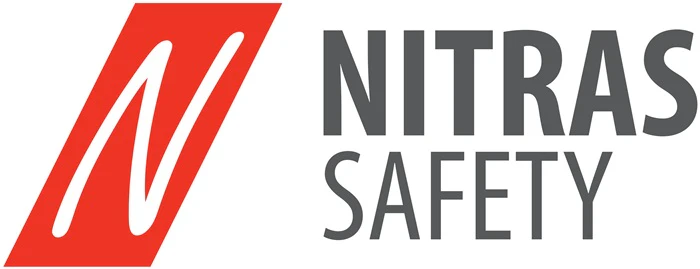





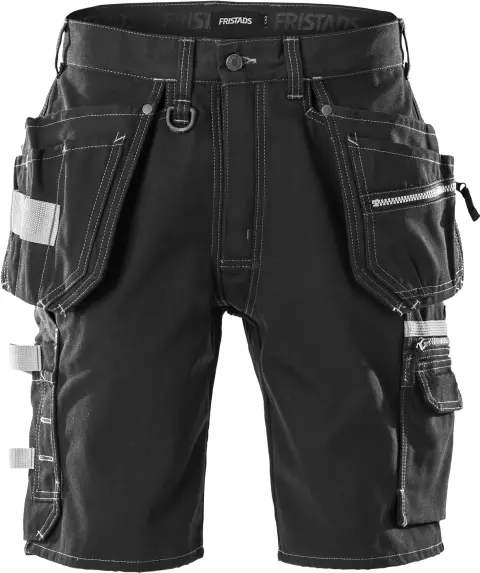
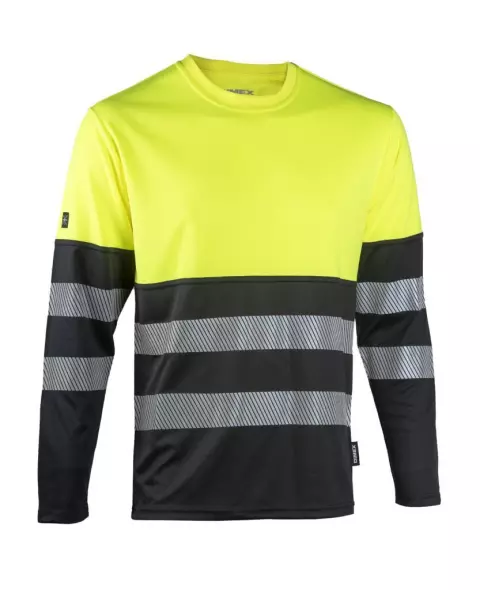
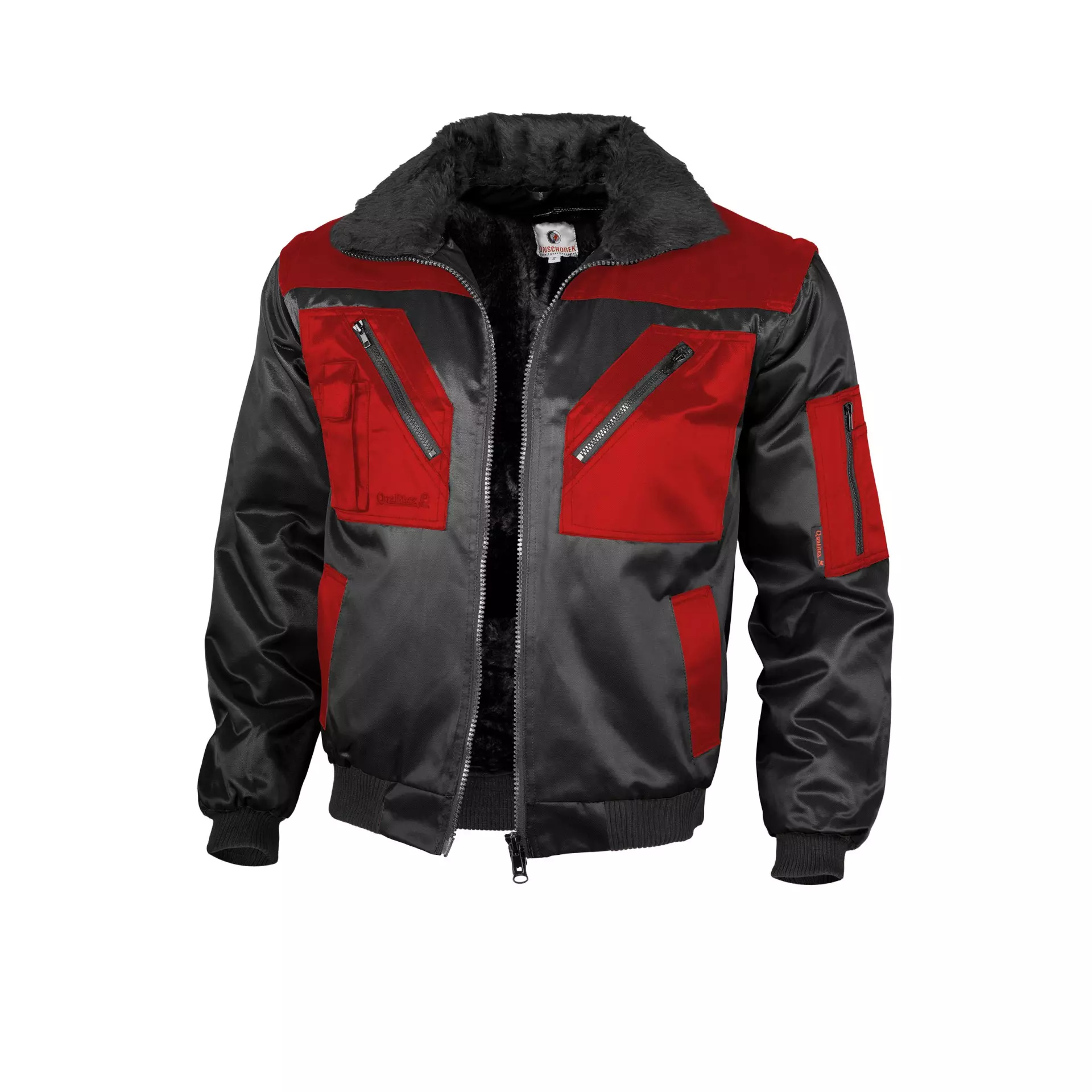
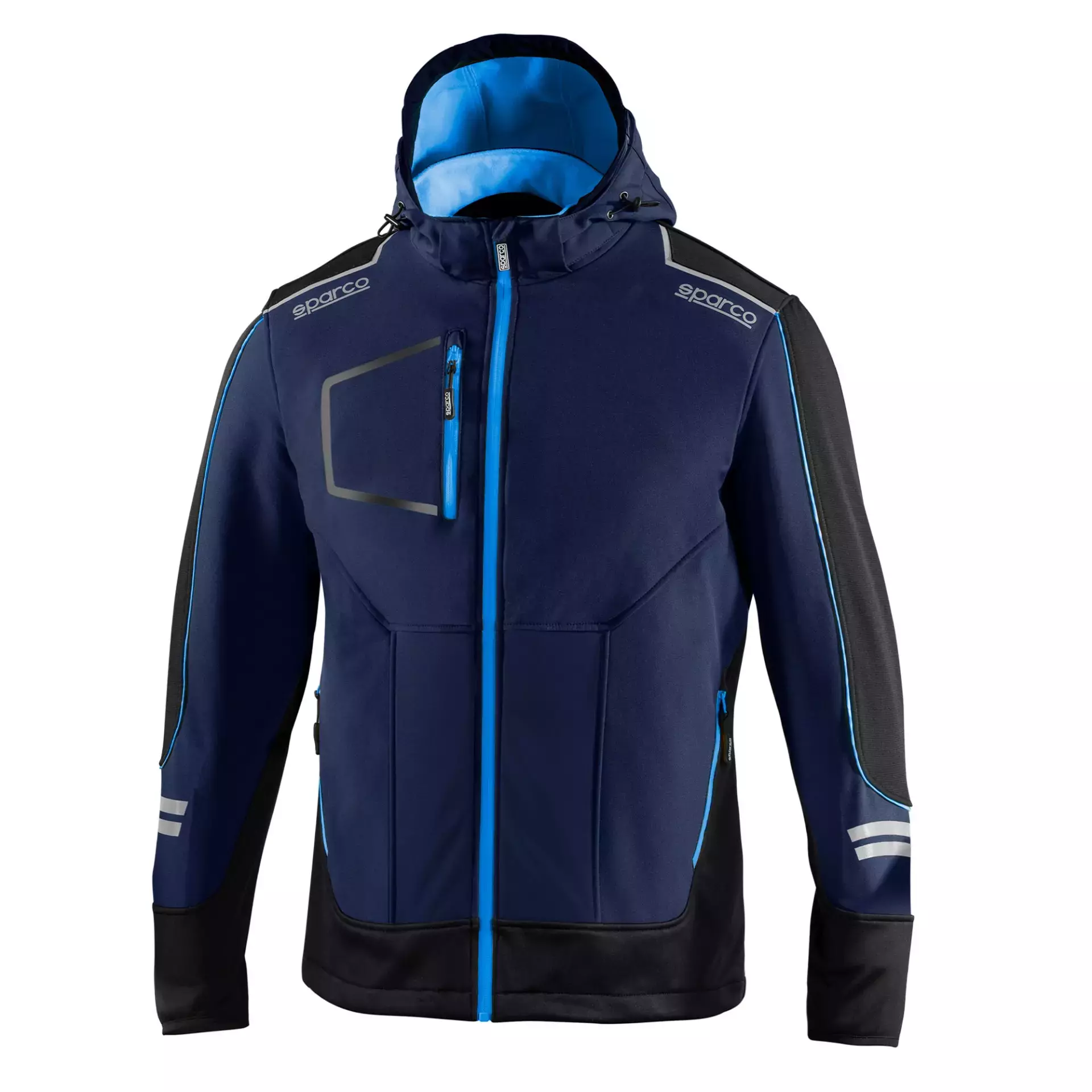





Overwhelmed by PPE options for food safety? Master your PPE selection for food workers safety with these practical tips.

Struggling to maintain clear vision in demanding environments? This guide is here to help. By the end, you’ll know exactly...

Electricians across Europe face unique challenges that require reliable safety glasses to ensure both protection and efficiency. Whether safeguarding against...

Overwhelmed by PPE options for food safety? Master your PPE selection for food workers safety with these practical tips.

Struggling to maintain clear vision in demanding environments? This guide is here to help. By the end, you’ll know exactly...

Electricians across Europe face unique challenges that require reliable safety glasses to ensure both protection and efficiency. Whether safeguarding against...
Get 20€ off on your first order!
Save 30% by buying directly from brands, and get an extra 10€ off orders over €100
Save 30% by buying directly form brands, and get an extra 10€ off orders over €100